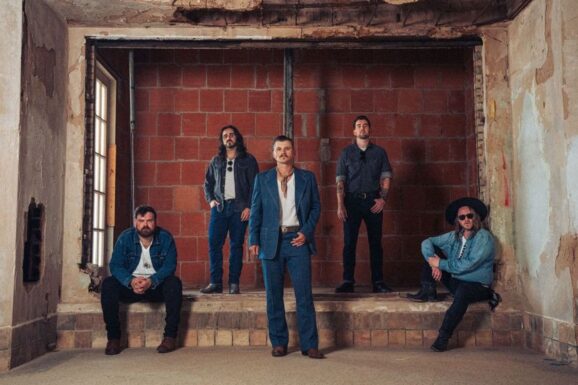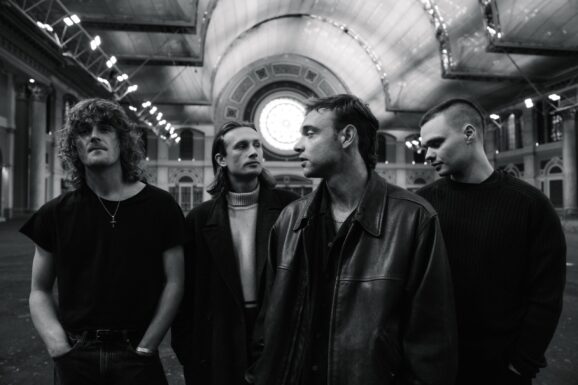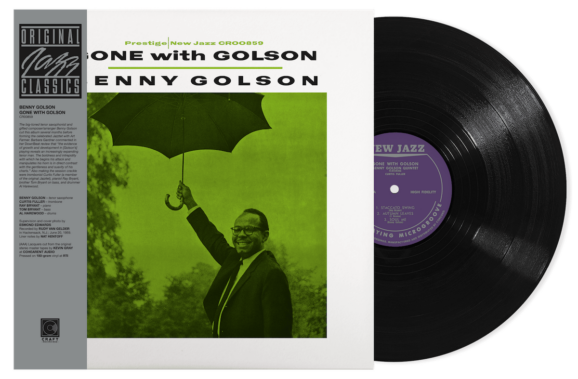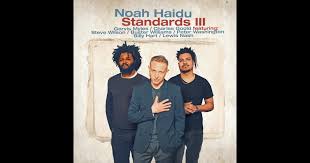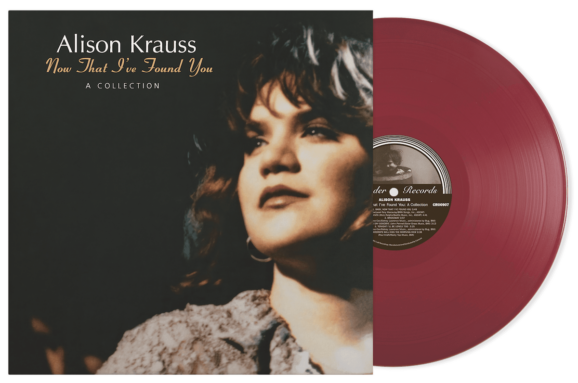Music production today goes far beyond simple recording. Producers are reaching into the past, pulling out classic elements, and reshaping them using modern tools. They blend the emotional warmth of analog with the precision of digital technology. As noted by Joey Sturgis Stones in his reflections on bridging 80s rock with modern metal, this balance between retro character and contemporary clarity is what gives today’s productions their distinct emotional impact. The result is a sound that feels both familiar and new, honoring tradition while pushing forward creatively.
Lo-Fi Aesthetic with High-Tech Gear
Modern producers are bringing the character of vintage audio into digital sessions using advanced plugins and processing tools. These digital effects replicate the sonic quirks of tape recorders, vinyl players, and early samplers. Rather than settling for a sterile sound, artists now sculpt audio to feel lived-in and emotionally textured.
Using Saturation Plugins to Create Warmth
Tools like Softube Tape and Waves J37 add subtle distortion and harmonic depth to tracks. They simulate how analog tape naturally compresses and colors audio, especially in drums, vocals, and synths. This technique helps digital recordings sound fuller and more emotionally resonant.
Sample Degradation for That Vintage Feel
Producers use plugins like RC-20 Retro Color and iZotope Vinyl to mimic the imperfections of old formats, adding crackle, hiss, and pitch fluctuations. These effects create a nostalgic, intimate mood, especially popular in lo-fi hip-hop and indie electronic music. Sample degradation adds texture and emotion, giving digital tracks more character and warmth.
Balancing Retro Vibe with Modern Clarity
The key is to add warmth without sacrificing sonic detail or definition. Producers use EQ and multiband compressors to preserve clarity while retaining vintage-style color. This balance ensures the final track feels classic in tone but professional in quality.
Sampling and Recontextualizing Classic Tracks
Sampling has evolved from simple looping into a form of creative reinterpretation. Producers now slice, pitch-shift, and restructure audio to create completely new compositions. These techniques honor the source while pushing it into unexplored territory.
Chopping Soul Vocals into Trap Beats
Soul vocals are often sampled for their emotional richness and expressiveness. Producers chop and rearrange phrases to create rhythmic hooks, layering them over trap drums with 808s and sharp snares. This blend of vintage and modern adds tension and style, reviving old recordings for new listeners.
Layering Jazz Progressions Under Drill Rhythms
Jazz samples like piano loops, sax solos, and upright bass add depth to the hard edges of drill music. Layering smooth melodies under gritty drums creates a striking contrast. This fusion, popular in cities like London and New York, highlights a growing focus on musicality in modern hip-hop.
Legal and Creative Considerations in Sampling
Sampling copyrighted material can be risky for commercial releases. Clearing samples is often costly, so many producers use royalty-free packs or recreate vintage sounds. This protects creative intent while avoiding legal issues and encourages more mindful sound sourcing.
Live Instrumentation in Digital Environments
Despite the rise of digital music, live instrumentation remains vital to many productions. Real instruments add tonal richness, dynamic variation, and human imperfection that plugins alone can’t replicate. Combining these elements with digital tools produces unique, textured soundscapes.
Recording Horns, Strings, or Guitar Loops at Home
With today’s accessible gear, producers can record live instruments at home to add natural texture and realism to their tracks.
- Acoustic Guitar Loops: Warm, rhythmic layers that add organic depth to digital arrangements.
- Brass Stabs and Horn Sections: Bold, punchy accents ideal for funk, soul, or pop textures.
- String Sections: Lush, emotional tones that elevate cinematic or melodic moments.
- Why Live Recording Matters: Human imperfections bring authenticity and expressive control to modern productions.
Virtual Instruments That Emulate Vintage Hardware
When live recording isn’t an option, producers rely on high-quality virtual instruments to capture authentic, expressive sounds.
- Kontakt: Offers expansive libraries for orchestral, cinematic, and world instruments.
- Spitfire Audio: Known for detailed string, brass, and ambient textures with a natural feel.
- Arturia: Specializes in vintage synth emulations that replicate classic analog tones.
- Why Producers Use Them: Adjustable controls like mic position and reverb make these tools highly customizable. They provide studio-quality sound without the complexity of live sessions.
Hybrid Mixing: Where Analog and Digital Meet
Modern producers often combine recorded audio with digital layers to achieve a balanced and engaging mix. For example, a live guitar might be recorded through an analog pedalboard and then processed in a DAW using digital effects. This blending of sources creates a multidimensional sonic palette that feels rich and unique. It also opens creative possibilities for reamping, resampling, and reprocessing elements in unusual ways. The hybrid method is now considered standard practice in high-level music production.
Genre Fusion Made Seamless by Technology
Modern producers use DAWs and virtual tools to blend genres freely. The focus is on creativity, not rules, leading to fresh, boundary-pushing sounds.
Lo-Fi House with Funk Basslines
This style blends house music’s steady rhythm with funky, melodic basslines from the 70s. Producers combine drum machines with live or virtual bass to create tracks that are both smooth and danceable. It’s popular in underground scenes and lo-fi playlists for its balance of groove and polish.
90s Boom Bap Meets Modern Synthwave
Producers blend 90s boom bap drum loops with synthwave textures to create a cinematic, nostalgic sound. Vintage samples from the SP-1200 or MPC mix with analog synths for a rich, expansive feel. This fusion honors both styles while moving them in a fresh direction.
Why Playfulness is the New Norm in Production
Genre fusion reflects a wider shift toward experimentation and surprise in music. Just like the flexible game formats offered at Crown Coins Casino, producers are encouraged to take creative risks without rigid expectations. They treat production like a sandbox, combining elements intuitively rather than sticking to traditional formulas. This openness has led to the rise of microgenres and trend-defying releases. Listeners respond to the freshness and unpredictability of this approach.
AI and Machine Learning in Music Creation
Artificial intelligence is no longer just a novelty. It has become a practical tool for producers looking to boost creativity. AI-driven plugins help with tasks like melody generation and mastering, supporting traditional techniques without replacing human artistry.
Predictive Plugins for Chord Progressions and Beats
Plugins like Orb Composer and AIVA generate chord progressions and rhythmic patterns based on genre presets. Producers can input desired styles, moods, or tempos, and the software outputs structured ideas. These suggestions act as creative sparks, helping break writer’s block or explore new genres. Producers often tweak the output to fit their artistic vision. While not a replacement for talent, these tools are valuable co-creators.
Vintage Emulation with Neural Networks
Some AI tools go beyond composition and focus on sound design. Using neural networks, they analyze thousands of audio samples to model the tonal behavior of vintage gear. This results in emulations that are more accurate than traditional algorithms. Producers gain access to rare and expensive sounds without hardware. These models also allow subtle variations that evolve during playback, adding realism.
Ethical and Artistic Debates Around AI in Music
As AI continues to evolve, its role in the creative process remains a topic of debate. Some artists are concerned about losing authenticity or diminishing human originality. Others view AI as a neutral tool that mirrors the user’s intent. Like any form of technology, its impact depends on how it is used. Most agree that AI is most effective when it supports, rather than replaces, human creativity.
Conclusion
Modern music production thrives on innovation grounded in respect for the past. Whether through lo-fi emulation, genre fusion, or AI-assisted creativity, today’s producers are remixing history in ways that are both respectful and radical. By combining classic influences with new techniques, they’re crafting a sound that’s unmistakably contemporary yet timeless in spirit.


